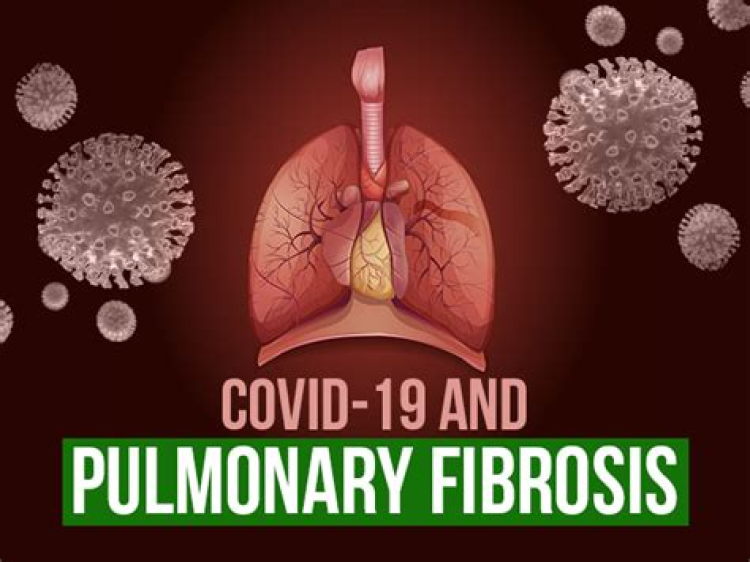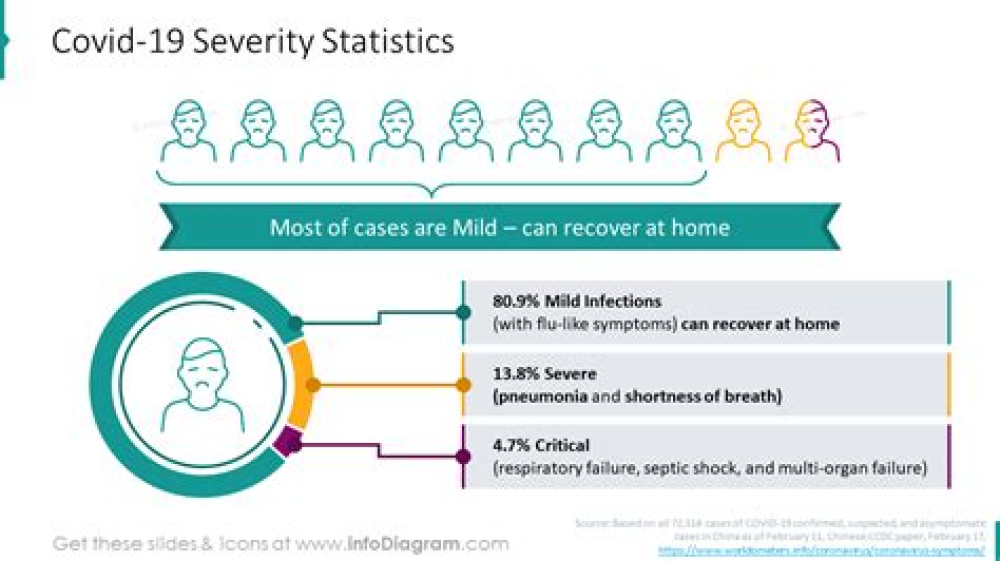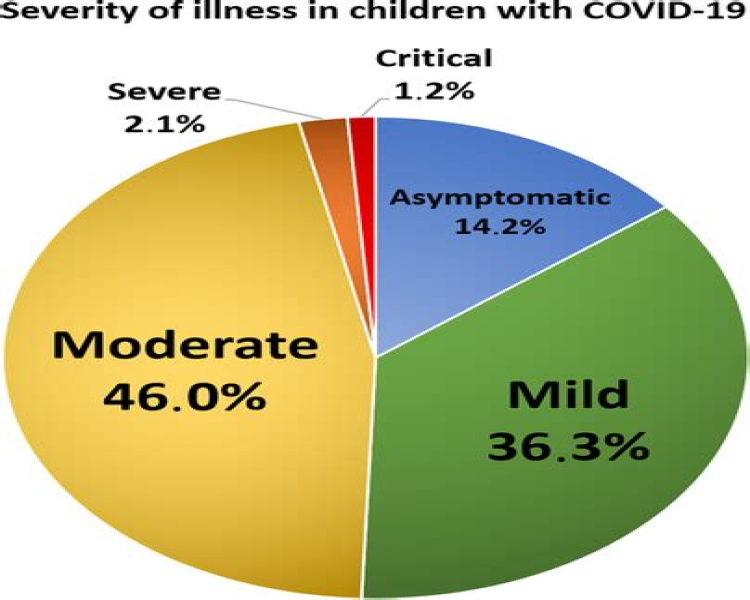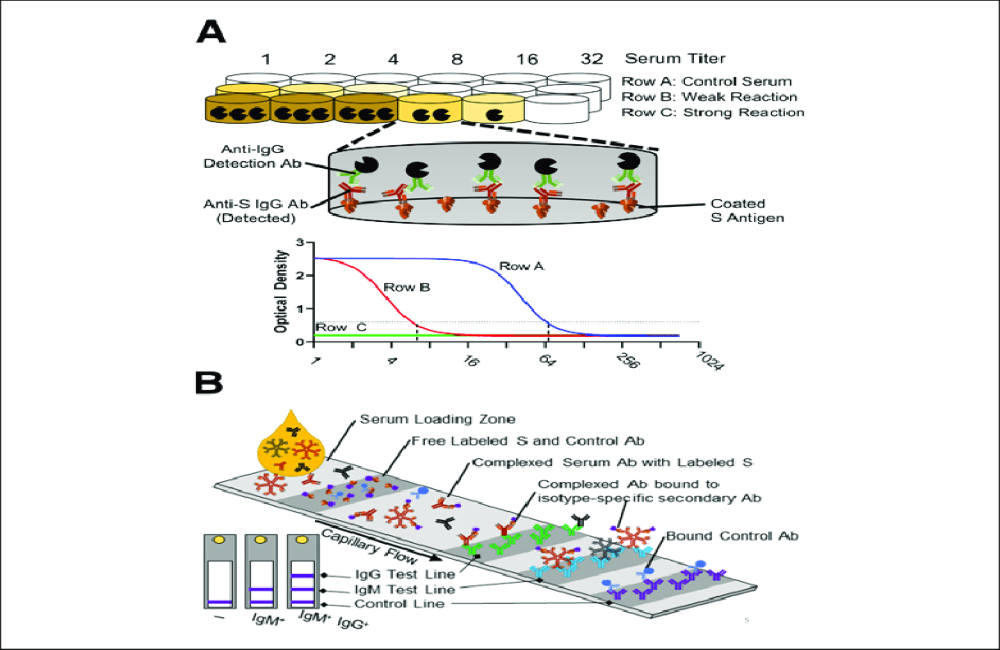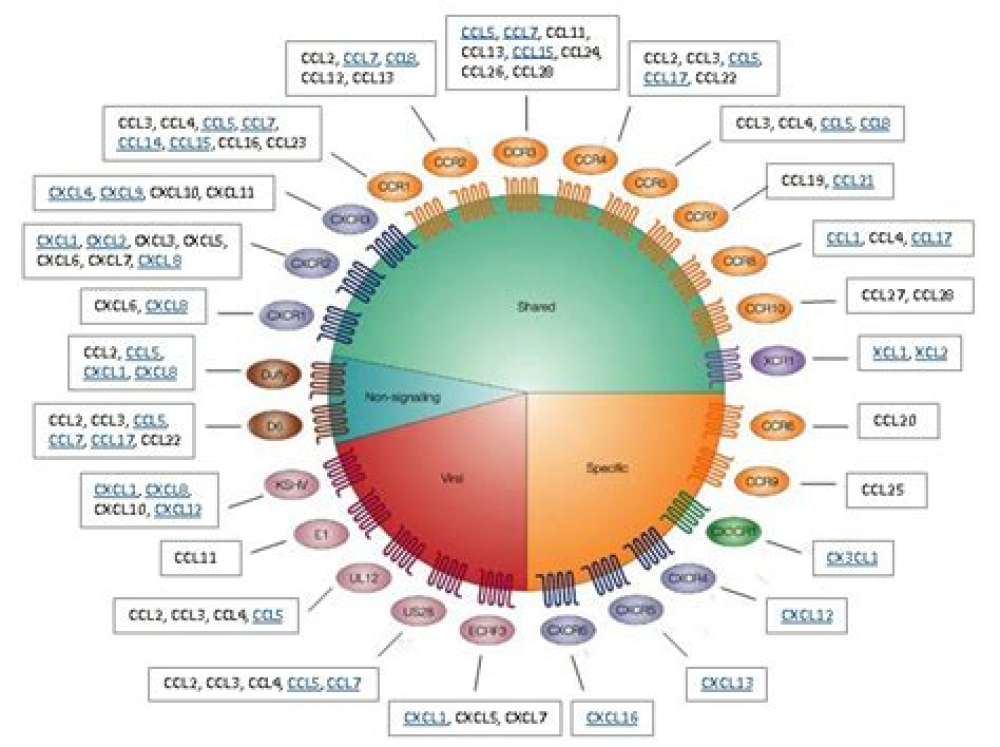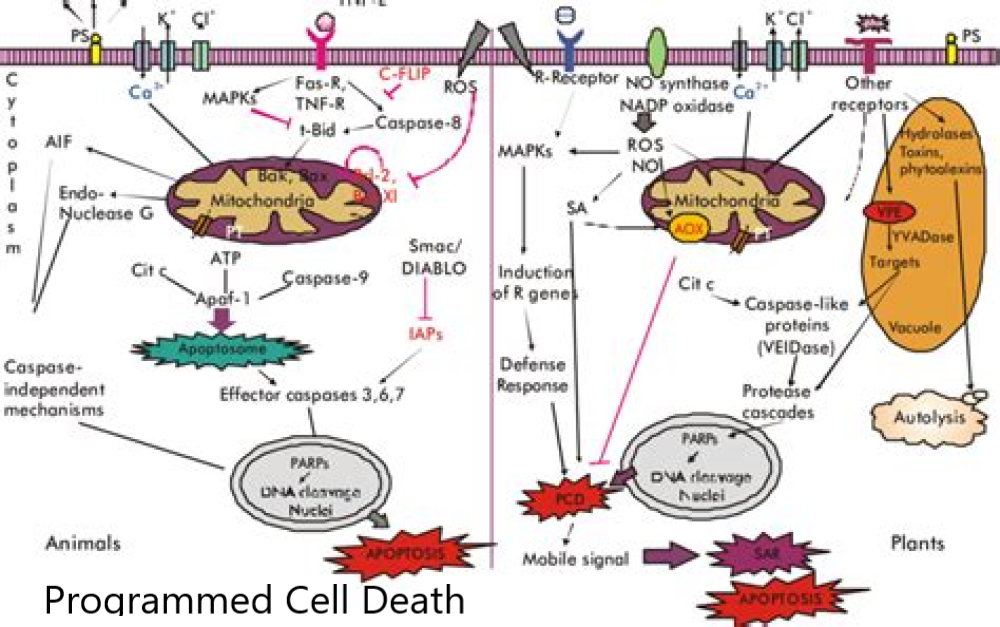
How COVID-19 Affects the Brain
Maura Boldrini, MD, PhD1,2; Peter D. Canoll, MD, PhD3; Robyn S. Klein, MD, PhD4,5,6, JAMA Psychiatry. 2021;78(6):682-683. doi:10.1001/jamapsychiatry.2021.0500 COVID-19 has resulted in more than 120 million cases and 2.6 million deaths to date. Respiratory and gastrointestinal symptoms are accompanied…[...]
Read More


